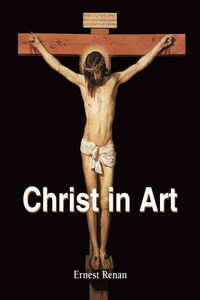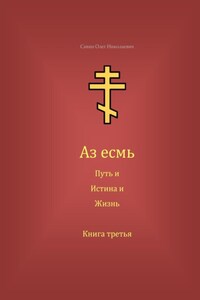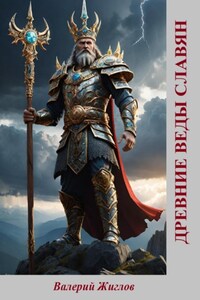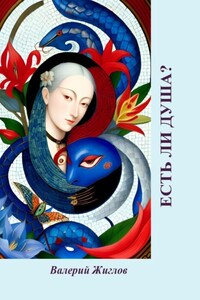Piero della Francesca, Resurrection, c. 1460.
Fresco, 225 × 200 cm.
Museo Civico, Sansepolcro.
The Face of Christ, late 15th century.
Papier-mâché, painted, 19 × 15, 5.5 cm.
Museum Catharijneconvent, Utrecht.
A history of the “Origins of Christianity” touches the obscure and subterranean period where it extends from the first beginnings of this religion to the time when its existence becomes a public, well-known fact, evident to the eyes of all men. Such a history consists of four books. The first, which I now present to the public, addresses the event that served as the starting-point of the new religion. The second will address the apostles and their immediate disciples, or rather the revolutions in religious thought of the first two Christian generations. I will close it about the year 100, when the last friends of Jesus have died, and all the books of the ‘New Testament have become fixed very nearly in the form in which we read them. The third book will set forth the condition of Christianity under the Antonines, slowly developing, and maintaining an almost permanent war against the empire, which having now reached the highest degree of administrative perfection and being governed by philosophers, combats in the infant sect of a secret and theocratic society that obstinately denies and incessantly undermines it. This book will comprise the whole of the second century. Finally, the fourth book will show the decisive progress of Christianity from the time of the Syrian emperors. In it, the construction of the Antonines will be seen falling to pieces, the decay of the ancient civilization becoming definitive, Christianity profiting by its ruin, Syria conquering the whole West, and Jesus, in company with the gods and divinized sages of Asia, taking possession of a society for which philosophy and a purely civil government no longer suffice. It is then that the religious ideas of the races grouped about the Mediterranean are radically modified. Oriental religions everywhere assume the ascendancy, Christianity, having become a mighty church, entirely forgets its millennial dreams, breaks its last connection with Judaism, and passes entirely into the Greek and Latin world. The literary struggles and labours of the third century, already public matters, will be set forth only in general terms.
I shall relate still more briefly the persecutions during the beginning of the fourth century, the last effort of the empire to return to its old principles, which were denied religious association in any place in the State. In conclusion, I shall merely foreshadow the change of policy which, under Constantine, inverted conditions and made the freest and most spontaneous religious movement an official religion, subjected to the State and persecuting in its turn.
I know not that I shall have enough of life and ability to complete a plan so vast. I shall be satisfied if, after having written the life of Jesus as I understand it, the history of the apostles, the condition of the Christian consciousness during the weeks which followed the death of Jesus, the formation of the legendary cycle of the resurrection, the first acts of the church of Jerusalem, the life of St. Paul, the crisis of the time of Nero, the vision of the Apocalypse, the fall of Jerusalem, the foundation of the Hebraic Christians of Batanea, the compilation of the gospels, the origin of the great schools of Asia Minor, sprung from John. Everything pales in comparison beside this marvellous first century. By a singularity rare in history, we see much more clearly what passed in the Christian world from the year 50 to the year 75, than from the year 100 to the year 150.
Adoration of the Magi, c. 200. Fresco.
Capella Greca, Catacombs of Priscilla, Rome.
I believe that I have neglected, among ancient authorities, a source of information. Five great collections of writings, not to speak of a multitude of other scattered data, remain regarding Jesus and the time in which he lived. First, the gospels and the general writings of the New Testament; second, the compositions called the “Apocrypha of the Old Testament” third, the works of Philo; fourth, those of Josephus; fifth, the Talmud. The writings of Philo have the inestimable advantage of showing us what thoughts were fermenting in the time of Jesus in souls occupied with great religious questions. Philo lived, it is true, in quite another province of Judaism, but like Jesus he was free from the closed-mindedness which was prominent in Jerusalem; Philo is truly the elder brother of Jesus. He was sixty-two years old when the prophet of Nazareth was at the highest degree of his activity, and he survived him at least ten years. What a misfortune that the chances of life did not lead him into Galilee! What would he not have taught us!








